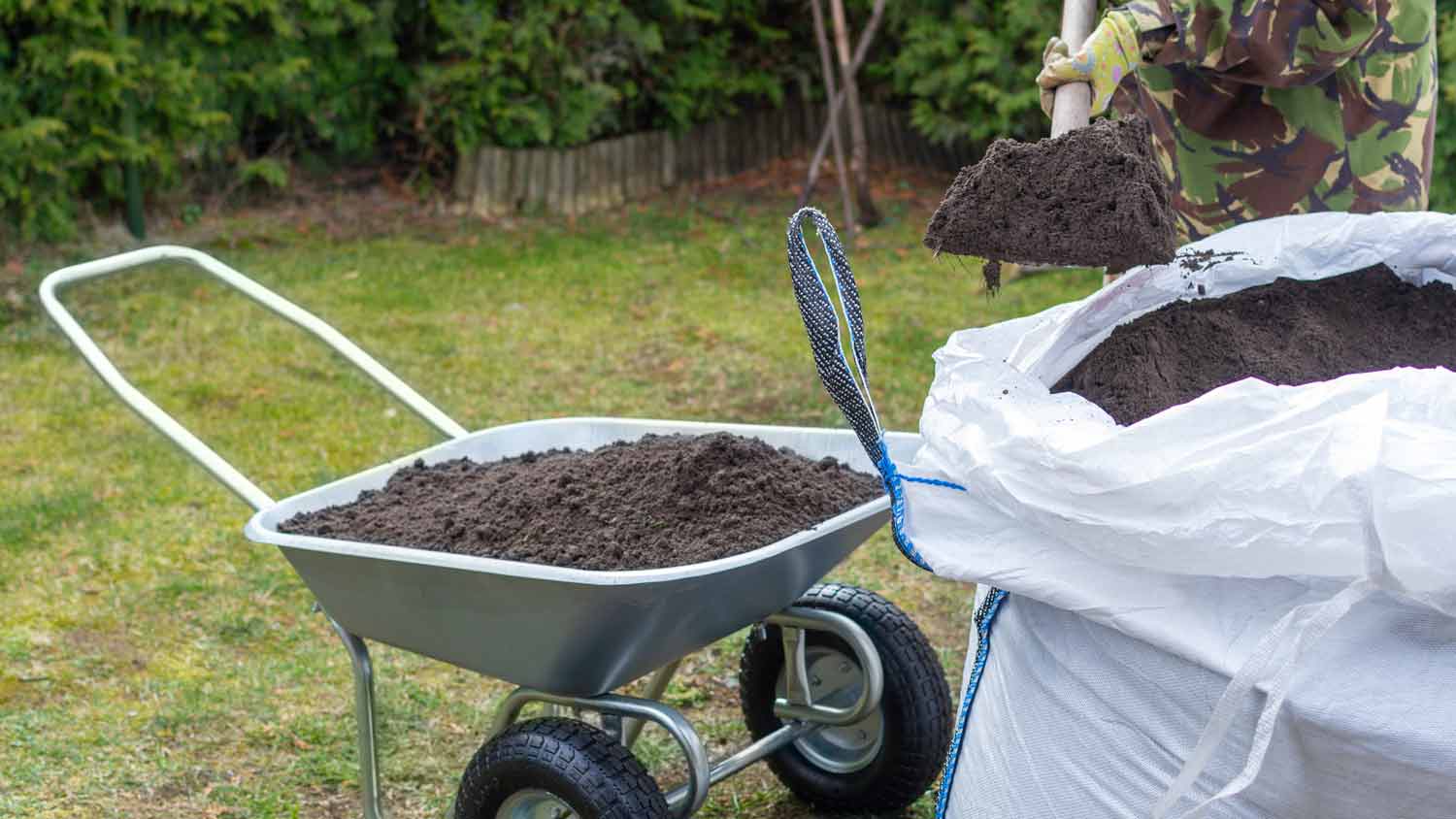
Get clear, up-to-date fill dirt cost info. Learn average prices, cost factors, and tips to save on your next fill dirt project.
Create a showy garden with plants best suited for your landscape


Growing a garden in the Midwest can be tricky, because the weather shifts so quickly from warm and sunny to cold and snowy and back again. But you can improve your garden’s chances of survival by planting native bulbs, as native plants have adapted to survive in the volatile Midwestern weather. If you’re ready to prep your garden for spring, consider these top native bulbs for the Midwest.

Whether you’re a seasoned gardener or just getting started, daffodils are a safe bet when planting native bulbs for the Midwest. These beginner-friendly bulbs offer bright bursts of yellow, purple, orange, or pink throughout the garden come spring.
You’ll want to plant these bulbs in the fall before the ground is frozen. For perennial tulips to actually return year after year, they’ll need cold winters, enough moisture in late winter and early spring, good drainage, and plenty of sunshine.
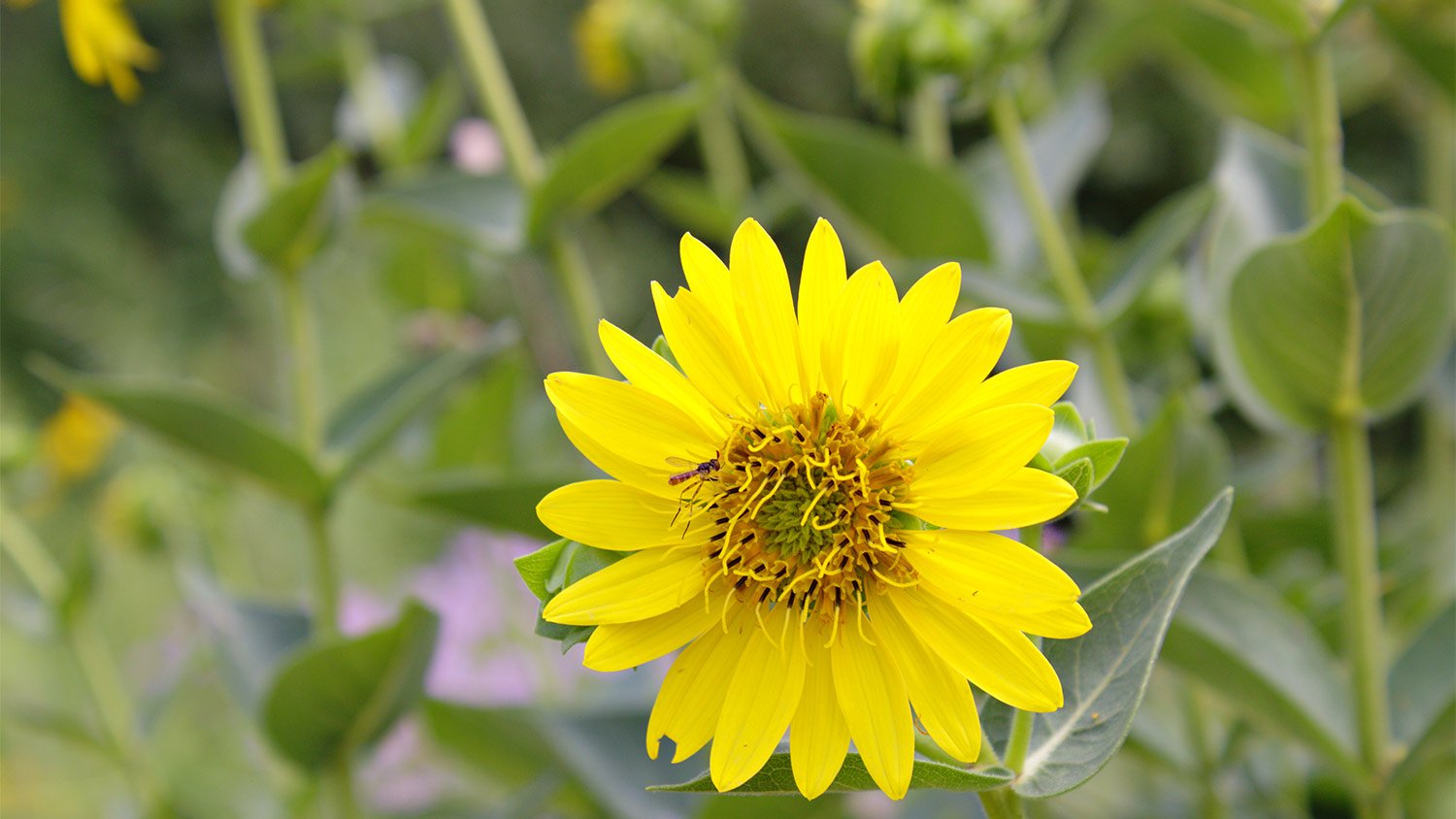
If you’re looking to add height variety to your spring garden, consider the compass plant (Silphium laciniatum). These flowering perennials can grow up to 12 feet tall, meaning they really stand out among the tulips and lilies in your garden.
The resulting flowers are bright yellow—unsurprising considering the compass plant is part of the sunflower family. As such, they love full sun and prefer moist and even slightly dry conditions. This plant is hardy: they don’t cave to competition from other plants, can survive after small fires, and may even live up to 100 years.
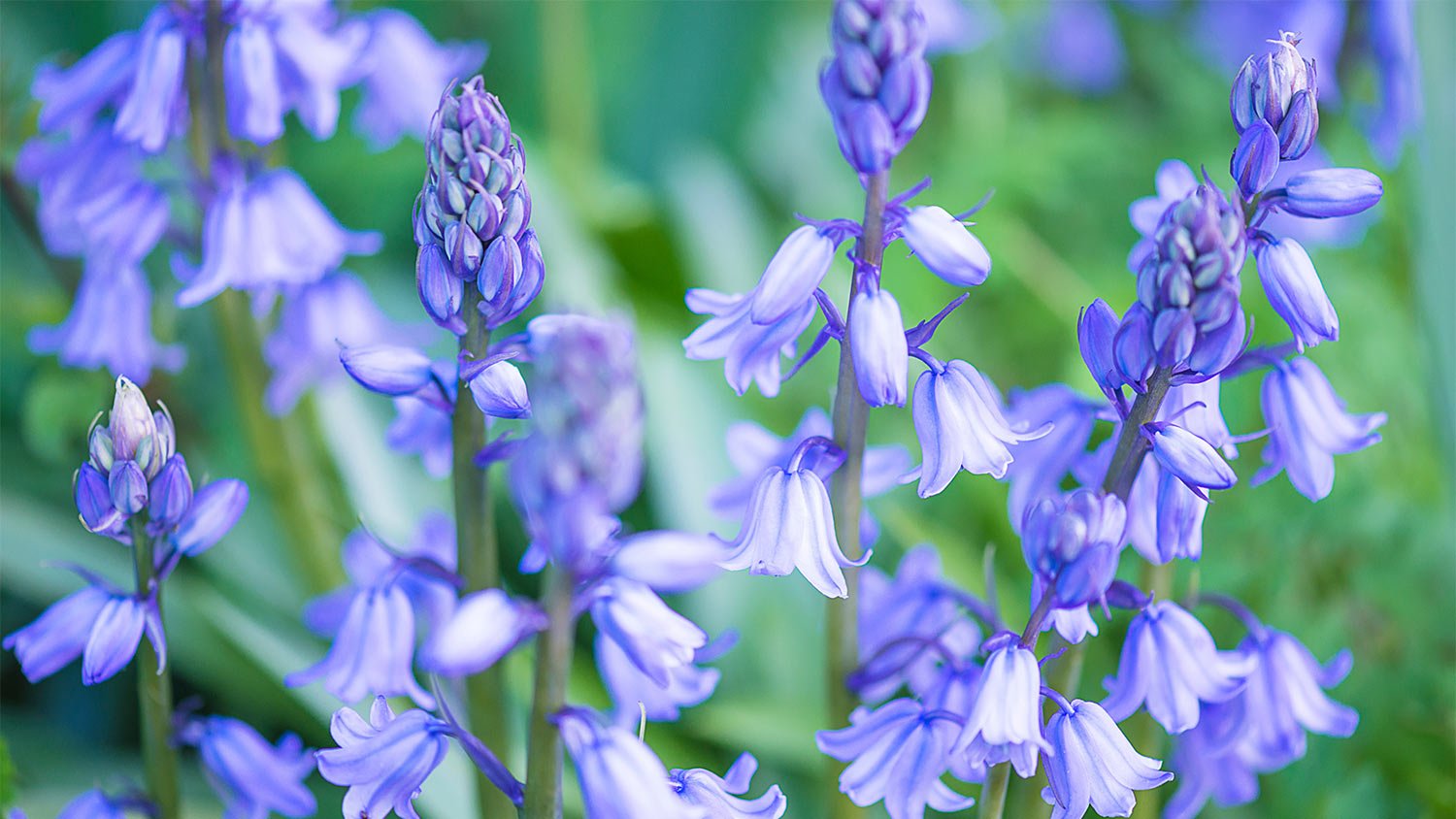
Also known as the Atlantic camas, wild hyacinth is part of the lily family. Like other lilies, this variety thrives in the Midwest and is perfect if you’re planning to plant a pollinator garden, as it attracts bees and other pollen-loving insects. This native bulb for the Midwest will grow in full sun and partial shade and prefers more acidic soil.
The flowers of this native bulb plant are a pale purple color with a yellow center that will pair beautifully with yellow and white flowers. Multiple flowers grow along the stalk from the bottom up.
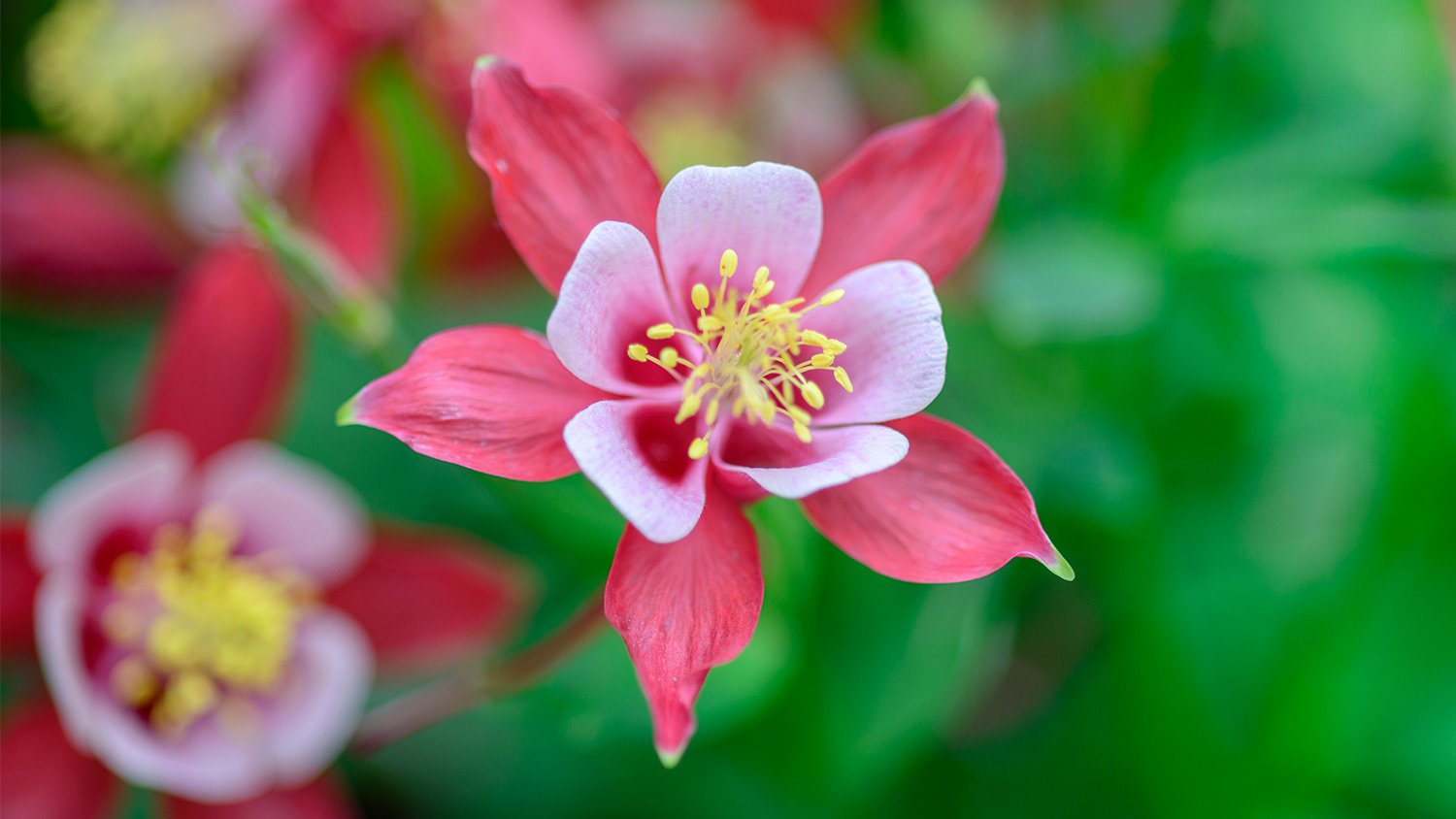
The Eastern red columbine is a classic Midwestern bulb plant to consider for your spring garden. It prefers low to medium moisture (perfect for low-water landscape designs), partial shade, and well-draining soils. For Midwestern gardeners, you can rest easy knowing this plant will survive both the heat and cold.
Growing up to 2 feet tall, this native bulb of the Midwest will add pops of red throughout your garden. The flowers droop downward and have a tubular shape, making them a popular flower choice if you want to see butterflies and hummingbirds flying around your yard.
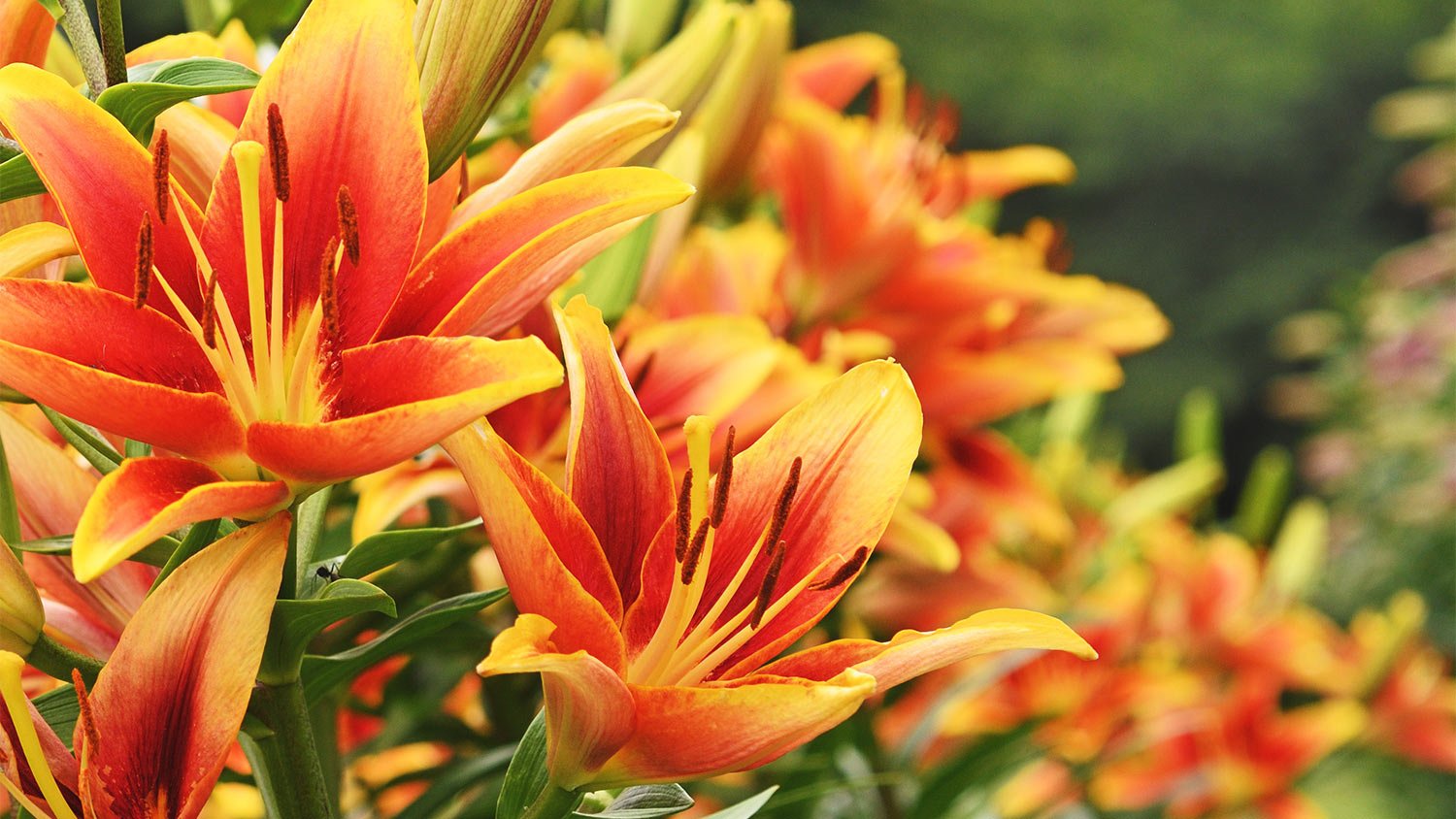
Gardening is all fun and games unless you’re squeamish, which makes dealing with pest- or disease-ridden plants a real chore. If you want a colorful garden without so many of the creepy crawlies, consider planting daylily bulbs. This plant is very unsusceptible to pests and disease, so you can basically plant it and forget it (for a while, at least).
Daylilies are hard to kill, so if you’re not much of a green thumb, you can still have a bountiful spring garden with these flowers. They’ll survive just about any combination of sunlight, moisture, and soil conditions you can provide. You can start planting them in the spring, or get a jump start by planting them in the fall before the ground freezes.
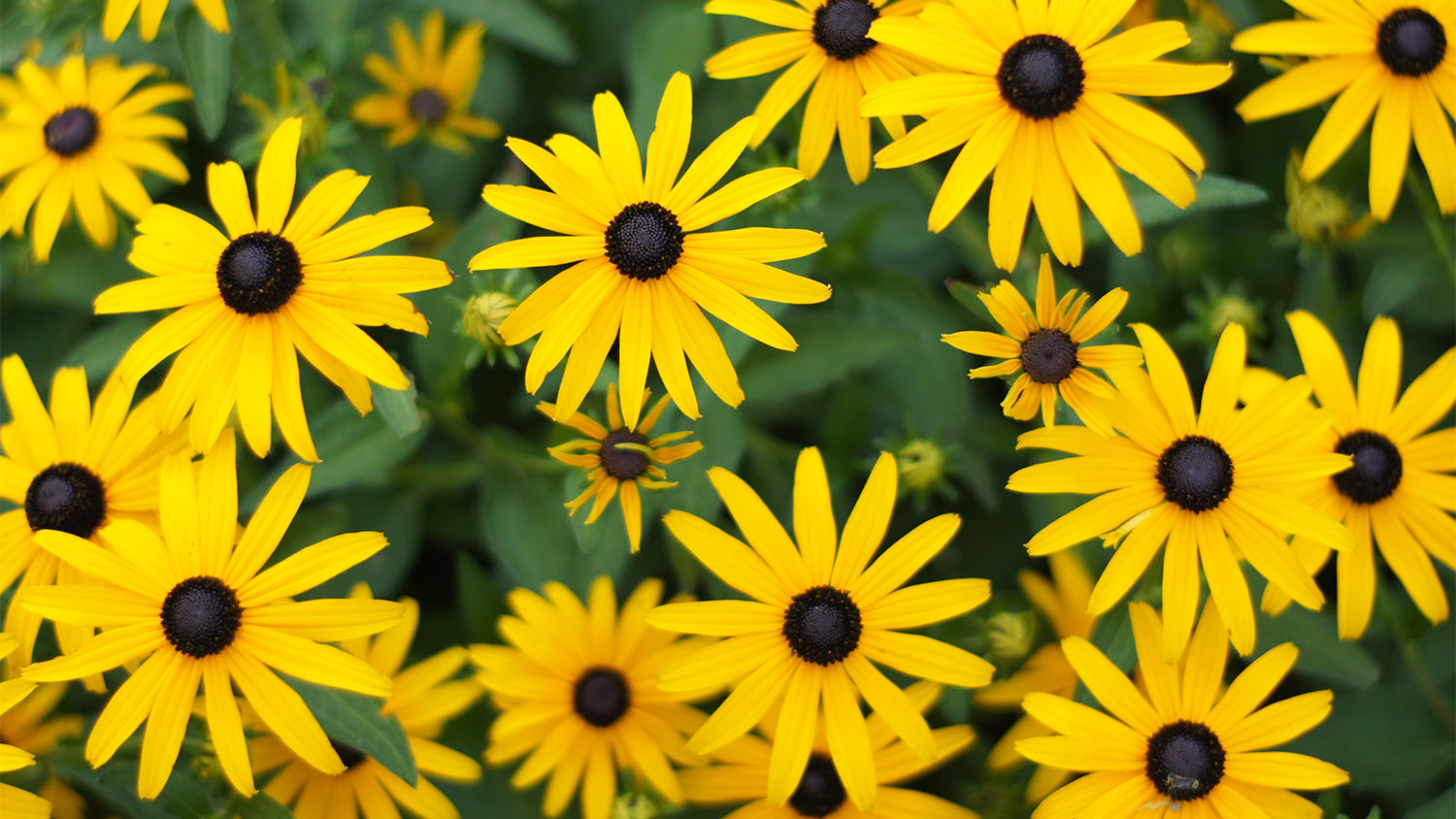
Black-eyed Susans (Rudbeckia hirta) are another top contender if you want to attract a variety of pollinators. This wildflower also brings vibrant yellow hues to gardens. As far as growing conditions go, black-eyed Susans need sun (although they’ll tolerate some shade) and moist soil.
These native bulbs shouldn’t go into the ground until early spring. They’ll start to bloom in late spring, lighting up your garden throughout summer, too. Fortunately, these flowers are deer-resistant; deer are a persistent garden pest in the Midwest, but your black-eyed Susans won’t attract these large mammals.
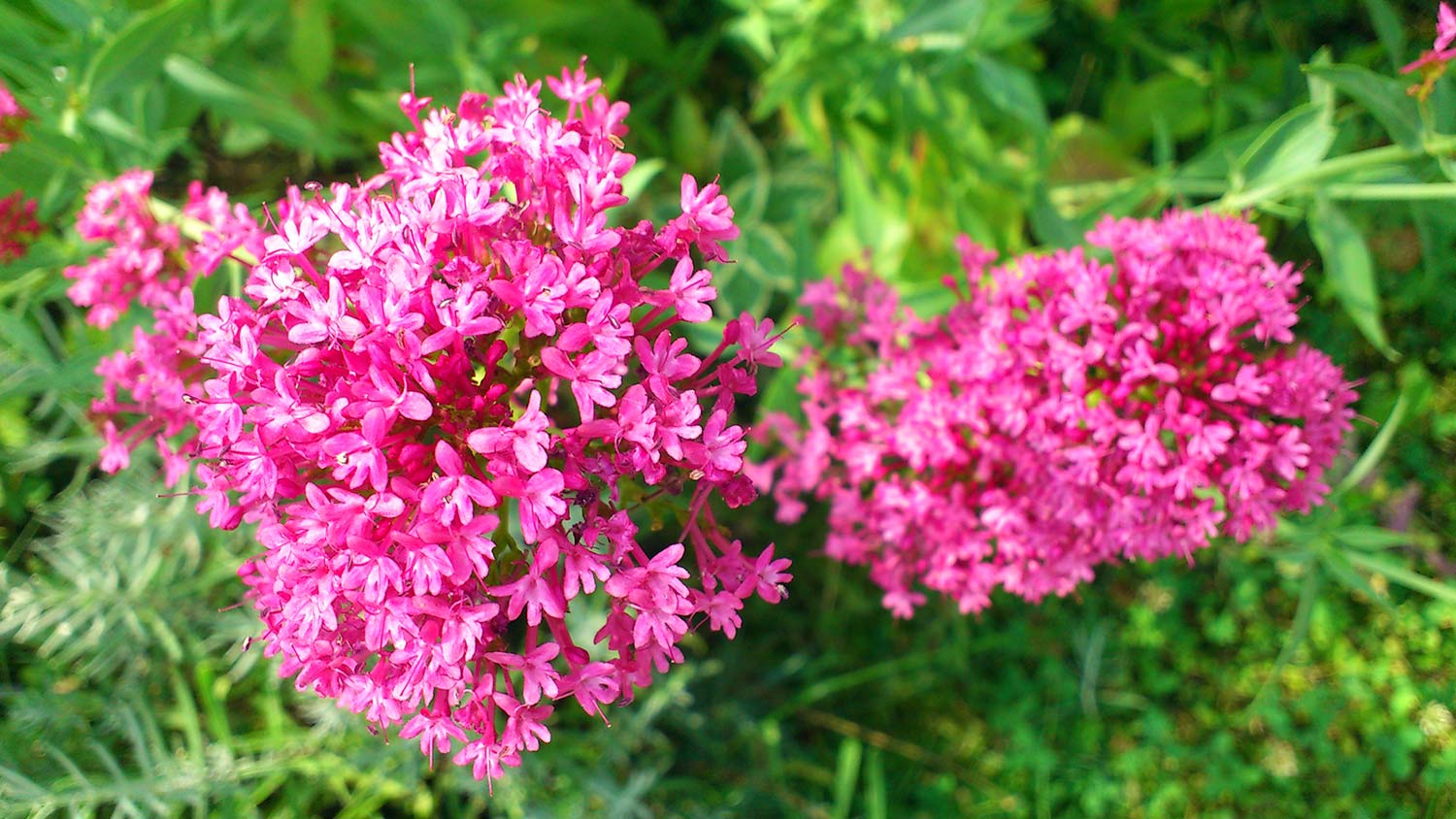
Hoping for a garden that’s pretty in pink? Swamp milkweed, also known aptly as pink milkweed, feature blooms ranging from pale pink to a deep, almost purple hue. Its long, narrow leaves are also an interesting feature of this native bulb plant.
Milkweed is a pollinator favorite, and it adds height variety to a garden as it grows up to 5 feet tall. To grow swamp milkweed successfully, you’ll need to give it plenty of water (it’s named after swampy conditions, after all). Consider planting it around a pond to help it thrive.
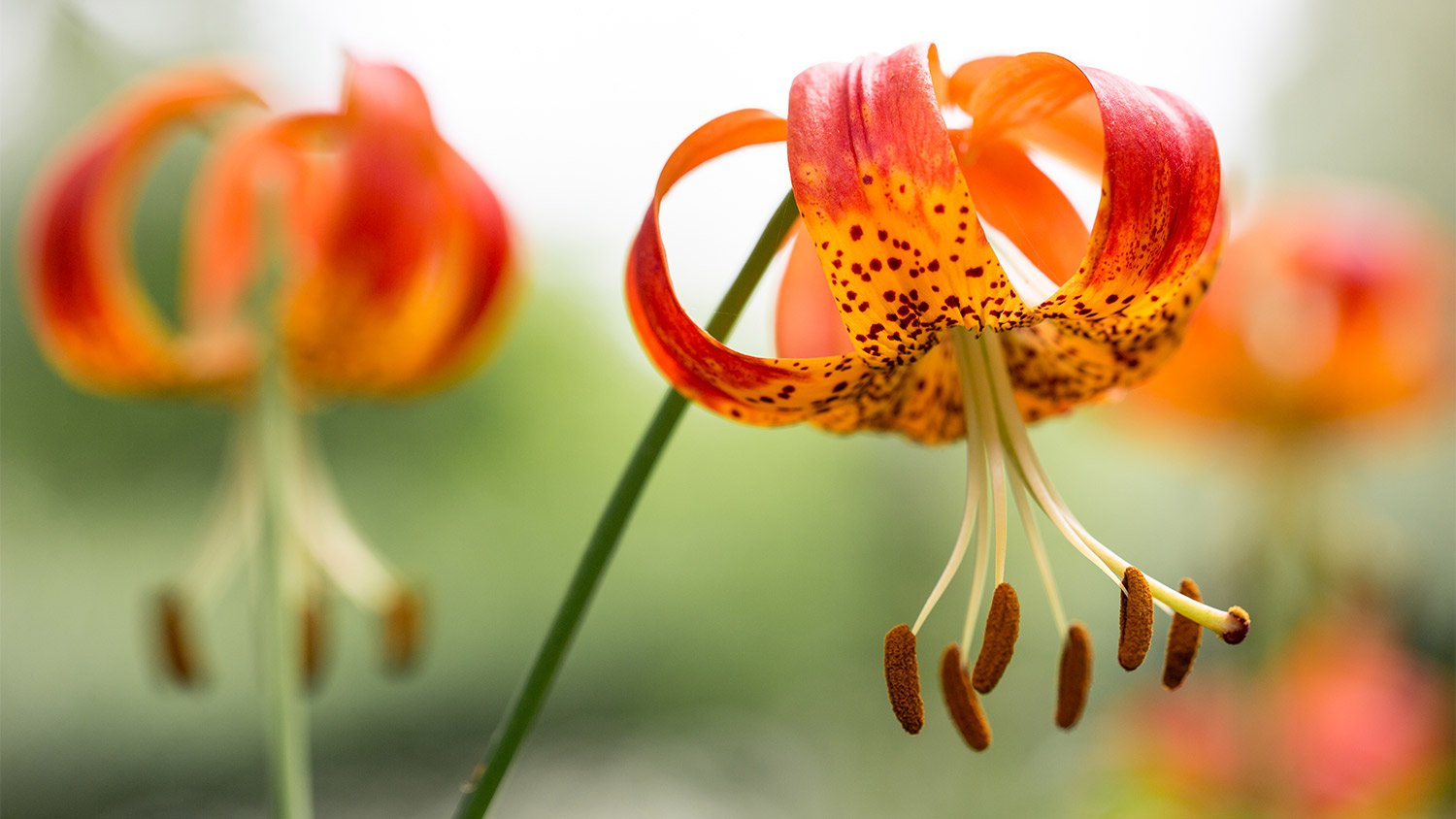
You know that feeling of grandeur when you look up at a stunning chandelier? The Michigan lily evokes that same reaction with its unique, upturned petals and stamen that dangle below the petals. This flowering plant will bring bright orange tones to your garden.
The Michigan lily prefers mostly moist conditions (although it can survive short bouts of drought) and sunny locations. Once in bloom, Michigan lilies will attract butterflies and hummingbirds to your garden.
From average costs to expert advice, get all the answers you need to get your job done.

Get clear, up-to-date fill dirt cost info. Learn average prices, cost factors, and tips to save on your next fill dirt project.

Gravel is an inexpensive paving material overall, but costs vary by type. Find out what average gravel prices will look like for your project.
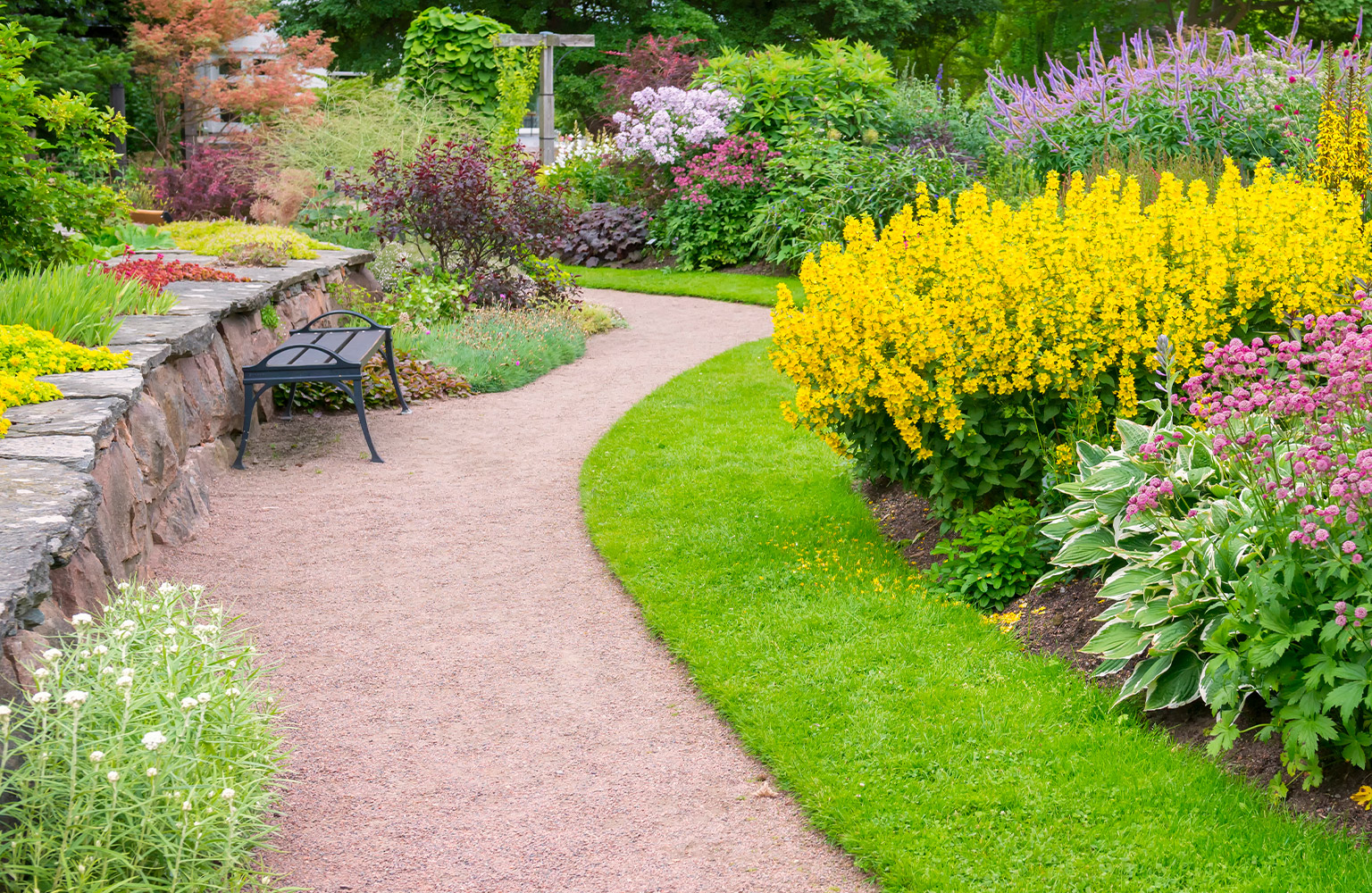
Discover the average sand delivery cost, key price factors, and tips to save on your next project. Get transparent, up-to-date estimates for sand delivery.

From wood chips to grass clippings, we like to throw around the word mulch. But what is mulch, and how do you use it properly? Let's break it down.

If you’re planning a garden and asking yourself, “How many yards of dirt do I need?” this dirt calculator will help you do the math to find the right number.
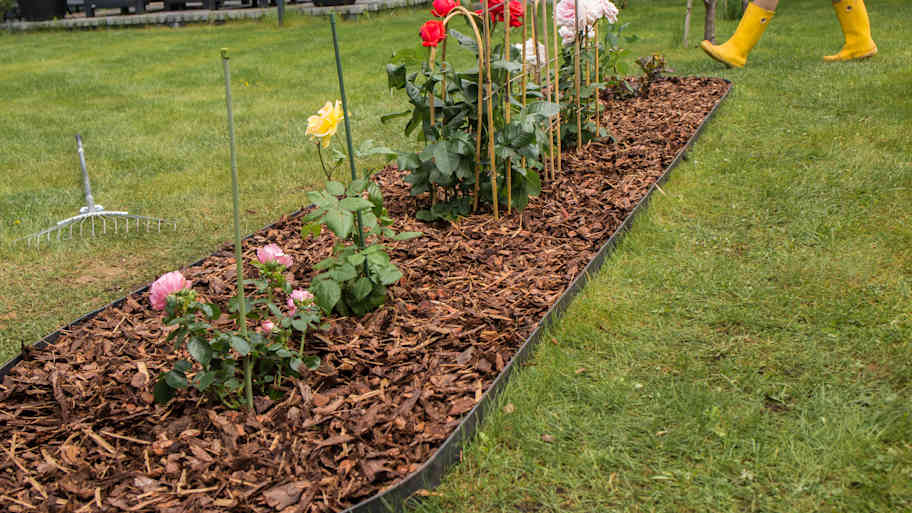
Not sure whether to use black or brown mulch? Learn how each type affects your soil, plants, and garden style so you can pick the right fit.